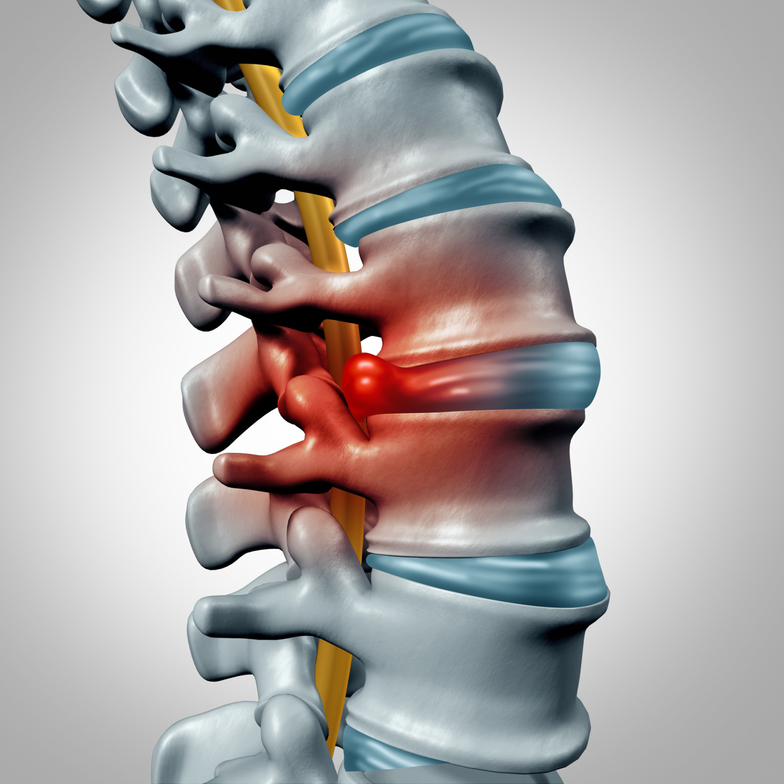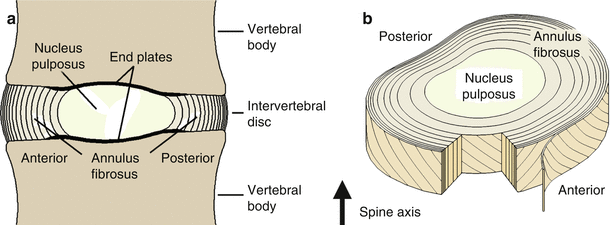
Low back pain is the most common reason someone will see a Saskatoon Chiropractor and is widespread amongst Canadians. As much as 80% of Canadians will experience low back pain in their life! This back pain can result in difficulty working, sleeping, and even playing with your children.
So what is causing this low back pain?
After reading this blog, you will have a thorough understanding of the most common reason people in Saskatoon will experience low back pain.
What are the Possible Causes of Low Back Pain?
There are many potential causes of low back pain. These include:
- Lumbar Joint Irritation
- Lumbar Sprain/Strains
- Lumbar Disc Injuries
- Lumbar Stenosis
However, research shows that there is one reason that will cause 50% of low back pain!
Discogenic Low Back Pain
When we look at the statistics surrounding low back pain, research shows that damage to our low back's intervertebral discs can cause up to 50% of low back pain. Further research shows that when back pain is severe enough to seek care, 90% of that pain is due to an intervertebral disc.

What the Heck is Discogenic Low Back Pain?
Your low back consists of five vertebrae. In between each vertebra is an intervertebral disc. An intervertebral disc contains two components. The outer part of the disc is called the annulus fibrosus. Itis very fibrous and gives the disc its structure and shape. The inner part of the disc is called the nucleus pulposus. It is very gelatinous. It is the jelly of the jelly donut that is our intervertebral disc.

Low back flexion, or rounding of the low back, is the primary causative factor that leads to injuring our intervertebral discs due to the potential of shear and compressive forces that it causes on our low backs.
Three primary mechanisms cause low back flexion that contributes to this pain.
- poor lifting mechanics
- prolonged sitting
- poor stabilization of our low back and core
These all change the pressure within the intervertebral disc.
The intradiscal pressure changes through the mechanisms I listed, prolonged sitting, poor lifting mechanics, and poor low back stability. As this pressure changes, the gelatinous nucleus pulposus is pushed back against the annulus fibrosus. If this is done for a long enough time or with enough force, the annulus’s inner fibers become damaged. This damage will cause an inflammatory response and cause low back pain due to the inflammation’s chemical irritation.

If, at this point, nothing is done to address the low back pain, the nucleus pulposus will push outward, traveling through the gaps of injured fibers. Over time, if more fibers of the annulus are damaged, the nucleus can travel further and further backward, resulting in the outer part of the intervertebral disc bulging or protruding outward, ultimately resulting in a disc herniation.
Uh Oh, I Have Low Back Pain. Now What?
So what do you do now?
Well, first of all, don’t panic.
I know that in the past it a disc injury meant that surgery was the next step. I am delighted to say that this is no longer the case! A recent systematic review of over 300,000 patients showed that 97% of disc injuries could be successfully managed by conservative care.
The three percent of low back pain that was not successful were associated with opioid use, smoking, and other health factors that may inhibit our body’s ability to heal correctly.
If you are experiencing low back pain, book an appointment with E3 Chiropractic + Wellness. We can work together to get you out of pain and achieving your goals.
Click HERE to book an appointment today.





